A 13 Day / 12 Night exclusive exploration of Mongolia — private flights, seasonal camps and a land shaped by sky and spirit.




Echoes Across the Eternal Steppe 13 day / 12 night travel program PRIVATE TOURING
This 13-day luxury journey through Mongolia blends wild beauty with exclusive access. We fly by helicopter and private charter, sleep in private ger camps and drift above desert dunes by sunrise balloon. From Khovsgol’s crystal waters to the eagle-ruled Altai, every moment is curated with care. We dine fireside, share tea with herders and witness the takhi roaming free. This is Mongolia at its most intimate — raw, soulful and deeply refined.
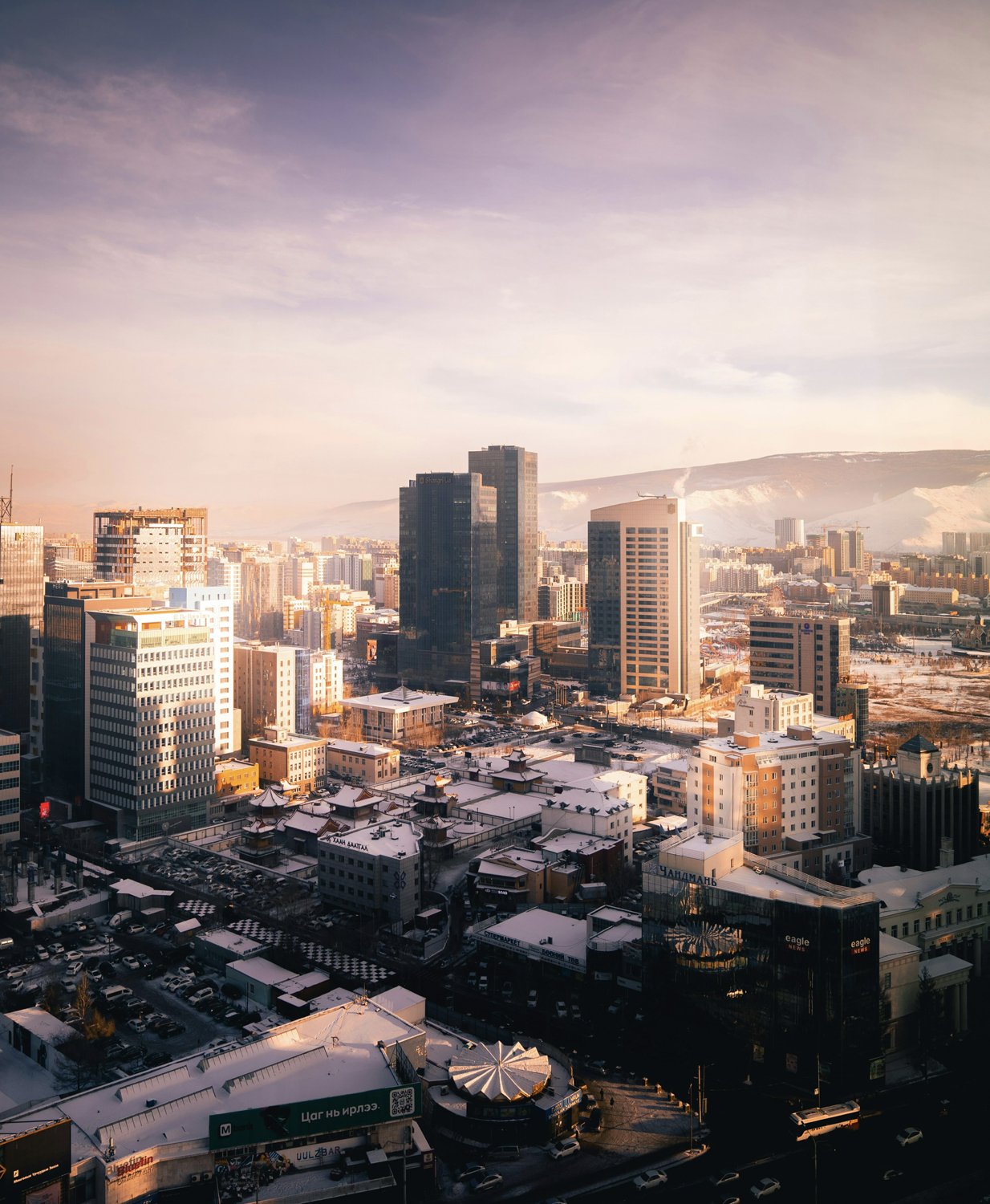

Our journey through Mongolia begins as we land in Ulaanbaatar and meet our travel expert, then drive into the heart of the capital.
The city reveals itself in layers as we pass Soviet-era facades, new glass towers, busy junctions and distant hill silhouettes. It feels like an in-between place, balanced between tradition and modern ambition, and we have the sense that beyond the buildings the land is already calling.
After checking in at our hotel and taking time to refresh, we step outside to begin absorbing the city at an easy pace.
We stroll across Sükhbaatar Square, where the statue of Chinggis Khan presides over wide stone terraces and the pale façade of the Government Palace. Office workers, students and families share the space, and the square becomes our first open window into contemporary Mongolian life. From here we drift into side streets of cafés, bookshops and small galleries, noticing how Buddhist motifs appear on doorways and murals even in the most modern corners. As evening draws in, we are welcomed into a private dining room by a Mongolian chef who has built a reputation for elevating traditional dishes.
Tonight’s multi-course menu introduces the ingredients that will follow us through the journey: grass-fed lamb, handmade noodles, wild herbs, seasonal vegetables and rich dairy from nomadic herders.
Between courses, the chef speaks about sourcing, seasonality and the quiet revolution shaping Mongolia’s food culture. It is intimate without being formal, and we feel more like guests at a home than diners in a restaurant.
Walking back to the hotel under a wide, star-pricked sky, we sense that this first night has opened a doorway. We fall asleep knowing that this meeting of city light and steppe spirit is only the beginning.
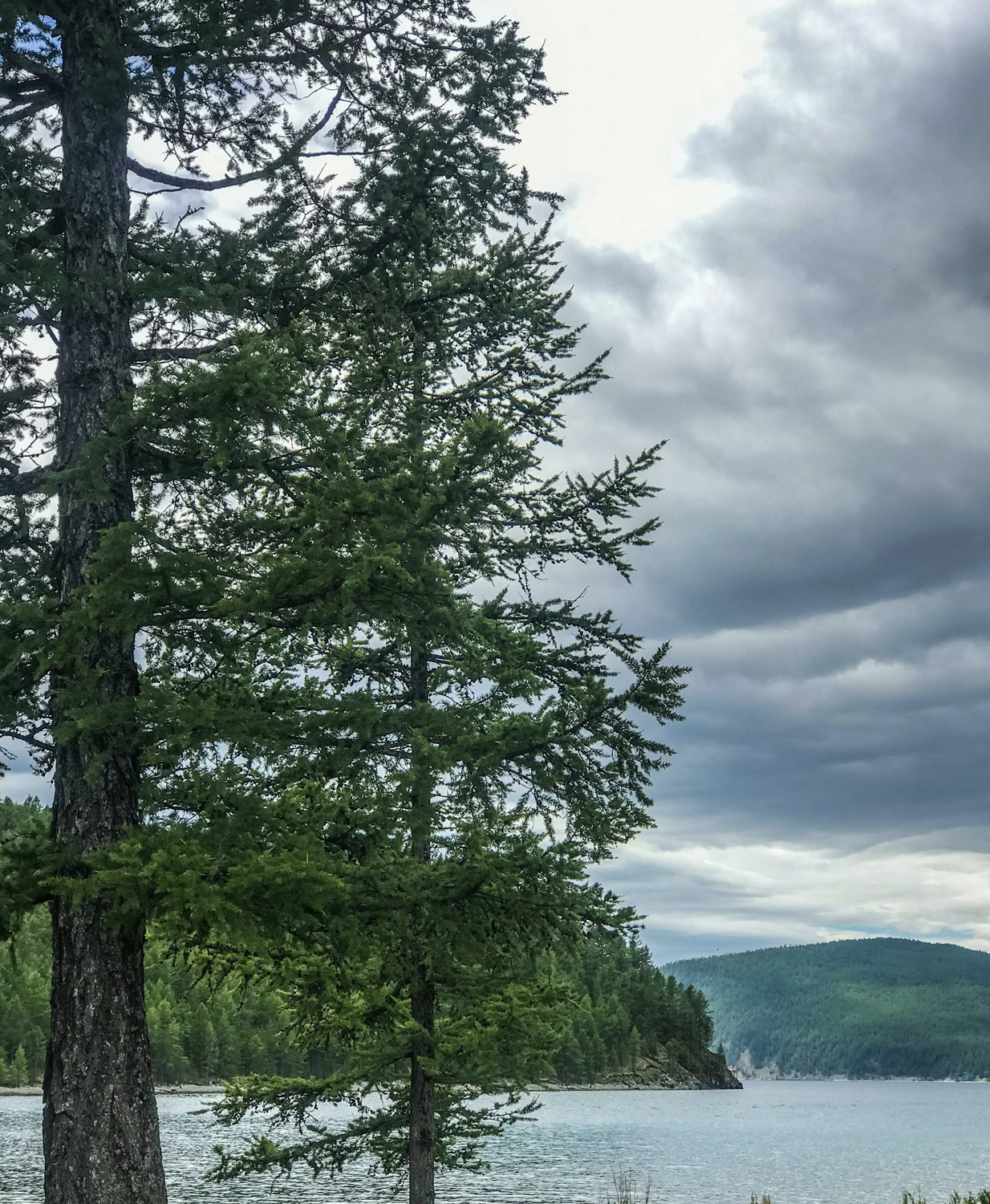
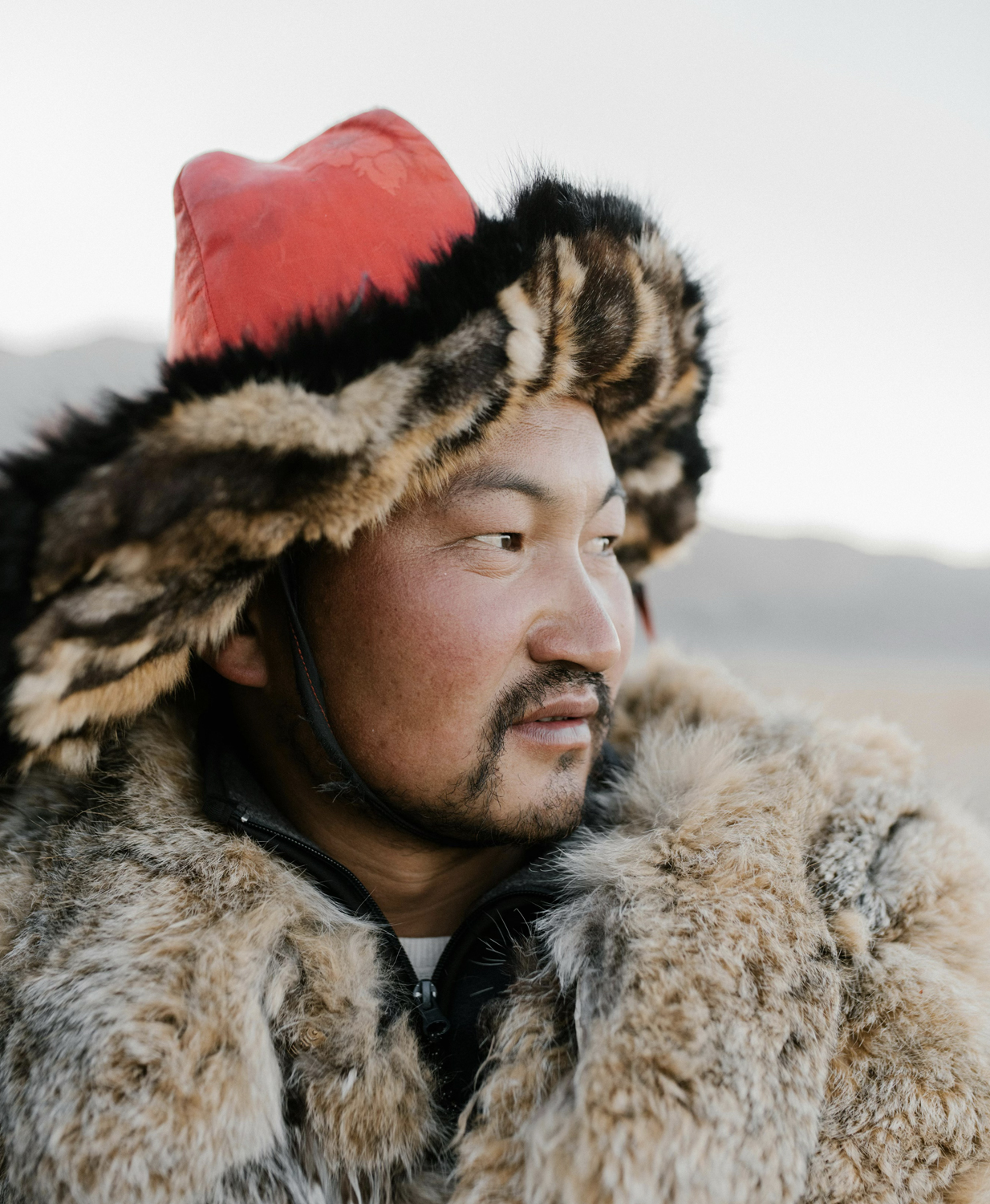
We leave Ulaanbaatar this morning by private helicopter, rising swiftly over the city and crossing into Mongolia’s northern wilderness. From above, the grid of streets gives way to undulating steppe, then dark bands of taiga forest and jagged ridgelines dusted with snow.
Rivers curl like silver threads through the landscape and, after an hour or so, the long, deep-blue form of Khovsgol Lake appears beneath us, held in a cradle of mountains. Touching down near the shore, we feel the immediate change in air: crisp, resin-scented and charged with stillness.
A short transfer brings us to our lakeside lodge, built from timber and stone to sit gently within the forest. After settling into our rooms, we share a relaxed lunch of lake fish, warm bread and salads bright with herbs gathered from nearby clearings. The afternoon invites us to begin moving at the lake’s slower rhythm. Some may choose to walk a gentle trail along the water’s edge, stepping between pines and larch while listening to birdsong and the soft clap of waves. Others might take canoes onto the glassy surface, watching light shift across the mountains as clouds drift and reform.
Later, we return to the lodge for a period of quiet before dinner. As the sun sinks, colours deepen from blue to copper and the lake seems to absorb the last of the day’s brightness. We gather around a long wooden table for an evening meal that reflects the north: simple, nourishing and rooted in place.
Conversation flows easily, shaped by first impressions of the landscape and the sense of having travelled far in both distance and state of mind.
Tonight the silence feels almost physical, a gentle weight that slows our thoughts and invites rest. Stars frame the darkness.

Morning at Khovsgol Lake begins with pale light filtering through the trees and the sound of water lapping against the shore. After breakfast at the lodge, we set out by vehicle and, where terrain allows, on horseback toward the realm of the Darkhad people. The route carries us through birch and pine forests, across small streams and open meadows where horses graze freely. As we travel deeper into the valley, small traces of life appear one by one: smoke drifting from distant camps, the sharp bark of dogs, children guiding animals toward pasture.
We arrive at a Darkhad family settlement and are welcomed into an ortz, the traditional tent used throughout this northern region. Inside, the air is warm with wood smoke and the gentle scent of drying hides. We sit together on low stools as our hosts pour bowls of salted tea and offer dried curd, homemade bread and, when available, preserved berries. Through translation, they share stories of seasonal migration, reindeer herding heritage and the ways the climate is reshaping long-held patterns. Their words carry both resilience and humour, grounding us in the everyday realities of life on the steppe.
After farewells, we return toward the lodge, pausing at viewpoints where Khovsgol stretches beneath us like polished blue stone. The afternoon is deliberately unhurried. Some may wander along the shoreline collecting smooth pebbles, while others settle by the fire to read, journal or simply absorb the rhythm of the lake.
As night approaches, we gather for a dinner of hearty northern dishes and perhaps a tasting of locally distilled vodka. Once darkness settles, we step outside again—not just to admire the stars mirrored across the water, but to join a shamanic fire ceremony led by a local practitioner. Dressed in garments adorned with bells and ribbons, the shaman offers invocations to land, sky and ancestors. We are invited, if we wish, to cast small offerings into the flames, releasing thanks or quiet intentions. When the drumming fades, a deep stillness settles over the valley, and we return to our rooms carrying the lingering warmth of both fire and tradition.
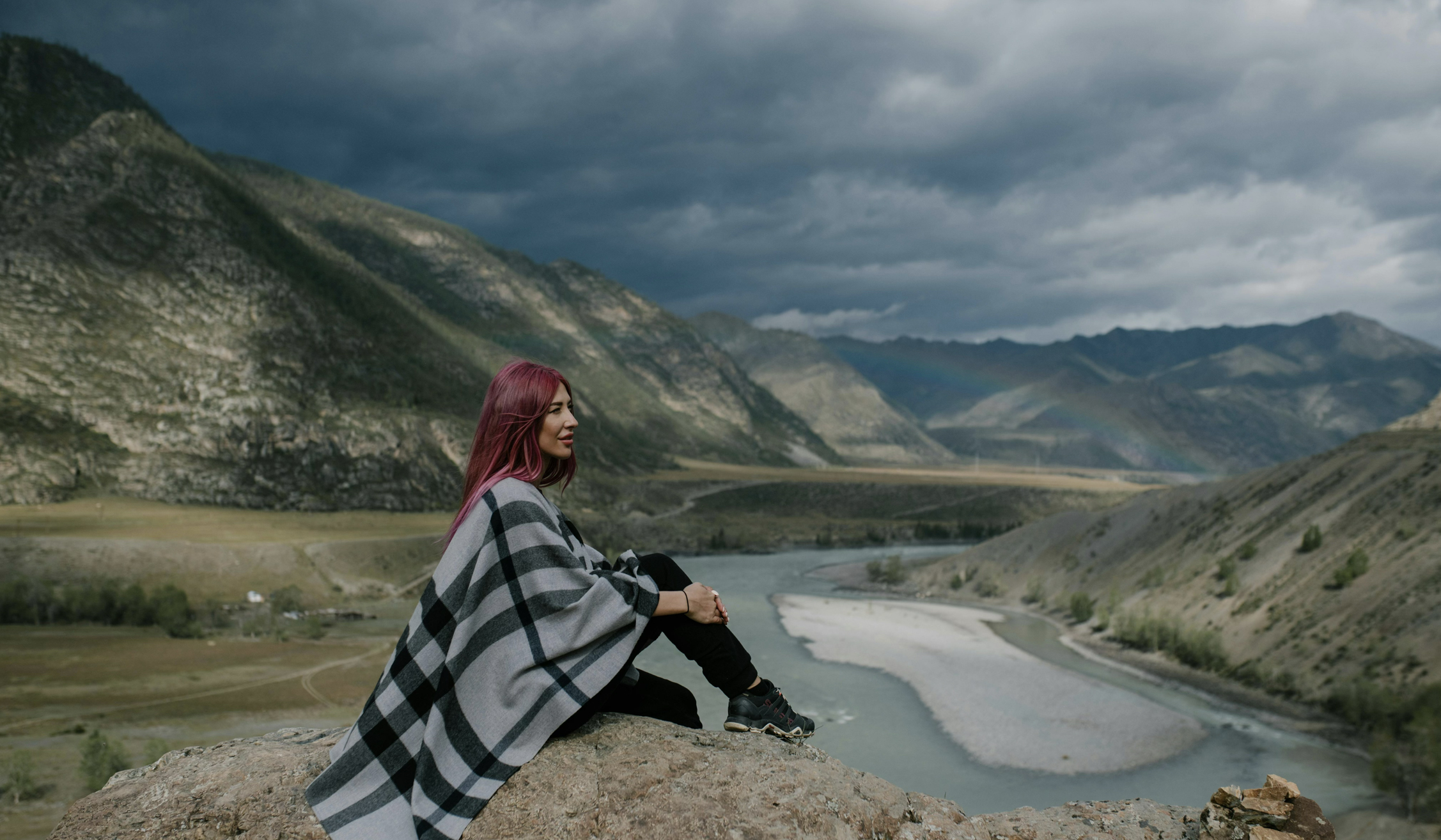
Today we leave Khovsgol behind and board a private fixed-wing aircraft bound for central Mongolia. As we rise above the lake, the water recedes into a long strip of deep blue, gradually replaced by forests, rocky escarpments and finally the wide, rolling steppe.
The transition feels almost like moving through chapters of a story, each landscape turning a fresh page. After landing near the Orkhon Valley, we travel by road to our private ger camp set beside the river, where white domes stand in quiet conversation with the surrounding hills.
On arrival, we are welcomed with hot tea and a simple, satisfying lunch of soup, bread and fresh salads drawn from nearby gardens where possible. After settling into our gers, we join the camp cook and a local hostess for an informal cooking session. Together we learn to roll and fold dough for buuz dumplings, slice meat and vegetables, and assemble noodle dishes that reflect the practical heart of nomadic cuisine. There is laughter as we attempt to mimic expert hands, and the kitchen fills with the sound of chopping, sizzling and shared stories.
Later in the afternoon we are free to explore at our own pace. We might follow the riverbank, observing how the light alters the colour of the water, or climb a low ridge to look back across the valley and imagine the empires that once moved through this land. As evening approaches, we gather by the river for a bonfire dinner. Khorkhog, lamb cooked with hot stones in a sealed pot, is brought to the table alongside simple salads and warm bread. Under a sky bright with stars, a musician plays the morin khuur and perhaps sings a long song that stretches like the horizon itself. Sleep comes easily, wrapped in blankets, while the low rush of the river becomes our lullaby.

Our second full day in the Orkhon Valley begins with the slow brightness of dawn, the air cool, clean and still. After breakfast in camp, we set out by four-wheel drive toward Ulaan Tsutgalan, the immense Orkhon Waterfall. Here, water rushes through a volcanic canyon carved by time, forming a thunderous cascade into a deep cavern below.
We take our time exploring the edges and pools, observing the movement of water and listening to its echoing voice—a living hymn at the centre of this fertile valley.
From here, we continue onward to a nearby nomadic family’s ger. Inside, warmth radiates from the stove and bowls of suutei tsai are poured as a gesture of welcome. Lunch is served in traditional style: mutton stew simmered with wild onions, fresh bread and dried curds shaped by sun and seasons. As we share the meal, our hosts speak about their herding life—the care of animals, the partnerships within community and the familiar rhythm with which families move, remember and rebuild.
In the afternoon we visit a Turkic monument site nearby—a sacred stone alignment where weathered carvings honour ancestors and spirits. Beyond the carved stones, the grasslands roll uninterrupted beneath a vast and distant sky. Here, the hush feels ancient, personal and profoundly still.
Returning to our camp for rest and tea, the afternoon is unhurried. We may sit by the riverbank and watch light shift across the valley or simply reflect quietly beside the fire. As dusk gathers, dinner is prepared in the open air—perhaps khorkhog, cooked with hot stones, or roasted vegetables infused with herbs.
The evening deepens into night. Blankets and cushions are arranged outside the gers, and we gather for stargazing, guided by our travel expert. Far from any lights, the night sky opens fully: constellations shimmer, planets glow and the arc of the Milky Way spans across the heavens. The river’s voice softens beneath this cosmic silence.

We leave the Orkhon Valley after breakfast and begin our journey east toward Elsen Tasarkhai, also known as the Mini-Gobi desert. The drive takes us through a shifting patchwork of landscapes—steppe turning to sand, fertile river banks giving way to endless grasslands punctuated by lone trees and distant rock formations.
As we travel, the silhouettes of dunes appear gradually, their curves shaped by relentless wind over centuries. We arrive at our private ger camp, located at the cusp of these golden formations, a place where desert, steppe and mountain meet in quiet fusion. After a warm welcome and a simple lunch, the rest of the afternoon is free to explore at our own pace.
We may choose a gentle camel ride to traverse the dunes, or simply wander on foot, feeling the fine sand give way beneath each step. For those seeking stillness, this is a place to listen—to wind, to silence, to the distant call of migratory birds making their seasonal passage. The shifting patterns of windblown ridges reveal the hidden pulse of the land—alive, fluid, always rewriting itself.
As sunset approaches, the dunes turn amber and rose. We climb a ridge to watch shadows lengthen, and the cooling desert unfold beneath us. Dinner is cooked over an open flame, accompanied by traditional songs, laughter and the stillness of night falling. Stars begin to emerge one by one, reminding us that the sky here is as vast and unbounded as the land. Later, we gather around the fire to share stories, wrapped in the quiet peace of the steppe. Tomorrow, the sky will lift us.

We begin the morning in the quiet of the Elsen Tasarkhai dunes, where soft light settles across sculpted ridges and the desert holds the last traces of night’s coolness. The silence feels expansive here, broken only by the distant call of birds and the faint rustle of shifting sand. It is a peaceful setting to explore one of Mongolia’s most accessible yet atmospheric stretch of desert.
A camel encounter awaits, led by local herders whose families have worked with Bactrian camels for generations. Riding these calm, two-humped animals brings a gentle, grounded rhythm to the morning. As we move across the dunes, the landscape widens and contracts in slow waves, revealing pockets of hardy desert plants and tracks etched by wildlife. Along the way, we learn how these remarkable camels enabled trade, migration and survival in some of Mongolia’s harshest environments. Their steady pace offers time to take in the textures and scale of the dunes, and to feel a connection to nomadic traditions that continue today.
By late morning, we leave the desert and travel west to Hustai National Park. This protected area is home to one of Mongolia’s most inspiring conservation stories: the successful reintroduction of the Przewalski’s horse, or takhi, once extinct in the wild. With a ranger, we explore the rolling hills and scrubland valleys where small herds now roam freely. Their stocky builds, dun coats and upright manes give them a primeval presence, and watching them graze or move across the steppe brings a sense of quiet hope for the resilience of wild nature.
As the afternoon draws on, we continue our journey to Ulaanbaatar. Approaching the capital, the scenery shifts from wide open steppe to the familiar contours of the city. After checking into our hotel, the evening is left open to enjoy as you wish—perhaps a relaxed dinner, a walk through the surrounding streets or simply time to unwind. Even amidst the returning bustle, the stillness of the dunes and the wild clarity of Hustai remain with us.

This morning we return to the airport and board a westbound flight to Bayan-Ölgii, gateway to Mongolia’s Altai Mountains and heartland of the Kazakh community. As we travel, the familiar outlines of central Mongolia recede, replaced gradually by craggy peaks, braided rivers and a sense of stepping into a different cultural world. On arrival, we meet our local team and drive out toward a private seasonal ger camp set in a secluded valley ringed by mountains.
The camp feels both remote and welcoming. Inside the Kazakh-style gers, richly coloured embroideries line the walls and patterned carpets cover the floor, creating a sense of warmth against the high-altitude air.
After lunch we set off by 4x4 to explore deeper into the mountains. The track leads us through broad glacial valleys, past scattered gers and herds of horses grazing along riverbanks. Peaks rise on either side, their rocky faces and lingering snowfields forming a dramatic frame to every view. We pause regularly to walk, feel the texture of the ground beneath our boots and breathe the sharp, clean air.
In the early evening we return to camp for a period of rest. As evening approaches, we gather for dinner and then prepare for a special astronomy session. An astronomer based in the region joins us with a telescope, introducing constellations, planets and nebulae visible in Mongolia’s exceptionally dark skies. We learn how nomadic families have long used the stars for orientation and storytelling, reading patterns above as guides for journeys below.
Standing under the Milky Way, with mountains in shadow around us, we feel our own scale shift. The memory of bright constellations and the faint, steady glow of distant galaxies lingers long after we close our eyes. Even in sleep, the vastness above slowly rearranges our perspective.
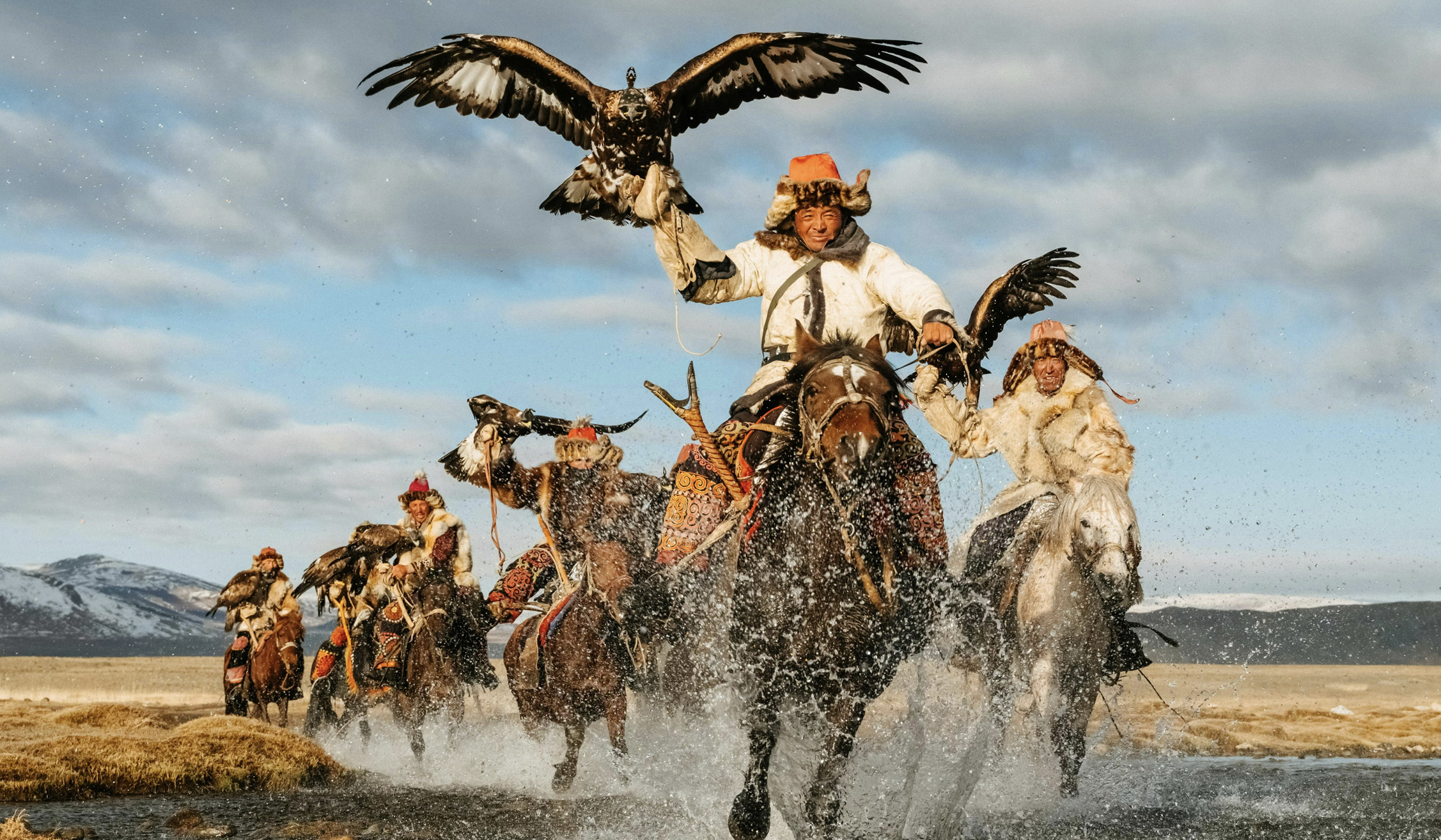
Our first full day in the Altai begins with clear light pouring into the valley and a chill that encourages quick movement. After breakfast, we step outside the ger camp as the plains slowly warm and colours settle across the landscape. This morning is devoted to one of the region’s most emblematic traditions: eagle hunting. We meet a Kazakh eagle hunter whose family has practised this craft for generations, and he welcomes us into a world shaped by skill, patience and deep respect for the natural world.
We learn how young eagles are chosen, how trust is built over months and how hunter and bird read the land together. Standing face to face with a golden eagle at close range is extraordinary—the weight of the bird, the sharpness of its gaze and the quiet command it carries. With the mountains rising behind us, the demonstration unfolds in an unhurried rhythm that reveals the deep cultural significance of the tradition.
Late morning, we join the hunter’s family for tea, homemade bread and small treats that reflect the warmth of Kazakh hospitality. Brief stories of seasonal migrations and life on the steppe offer a gentle window into how these customs endure.
From here, we begin an afternoon hike across low ridges and open grasslands. The terrain shifts between soft steppe and stony patches, each turn offering a new angle on the surrounding peaks. At a scenic lookout, we pause for a picnic lunch prepared by the camp, enjoying simple dishes amid quiet, wind-brushed views that stretch far across the valley.
Continuing onward, the trail gradually descends toward camp, with the late-day light softening the slopes around us. On return, there is time to observe or join small camp activities—perhaps helping prepare dumplings, tending a fire or listening to local musicians rehearse traditional melodies. Everything unfolds naturally, without urgency.
As evening settles, we gather in the main ger for a hearty dinner and easy conversation.
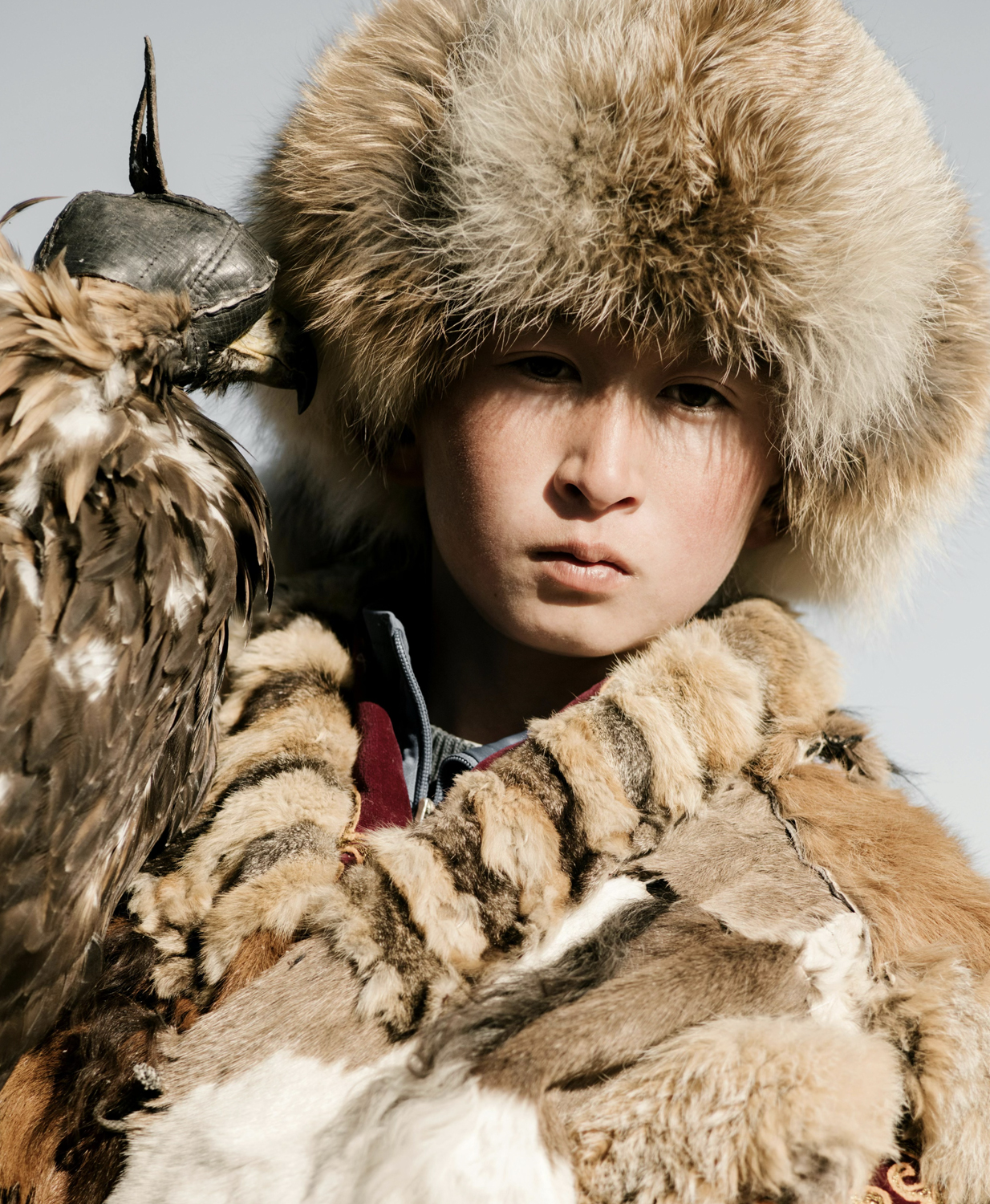
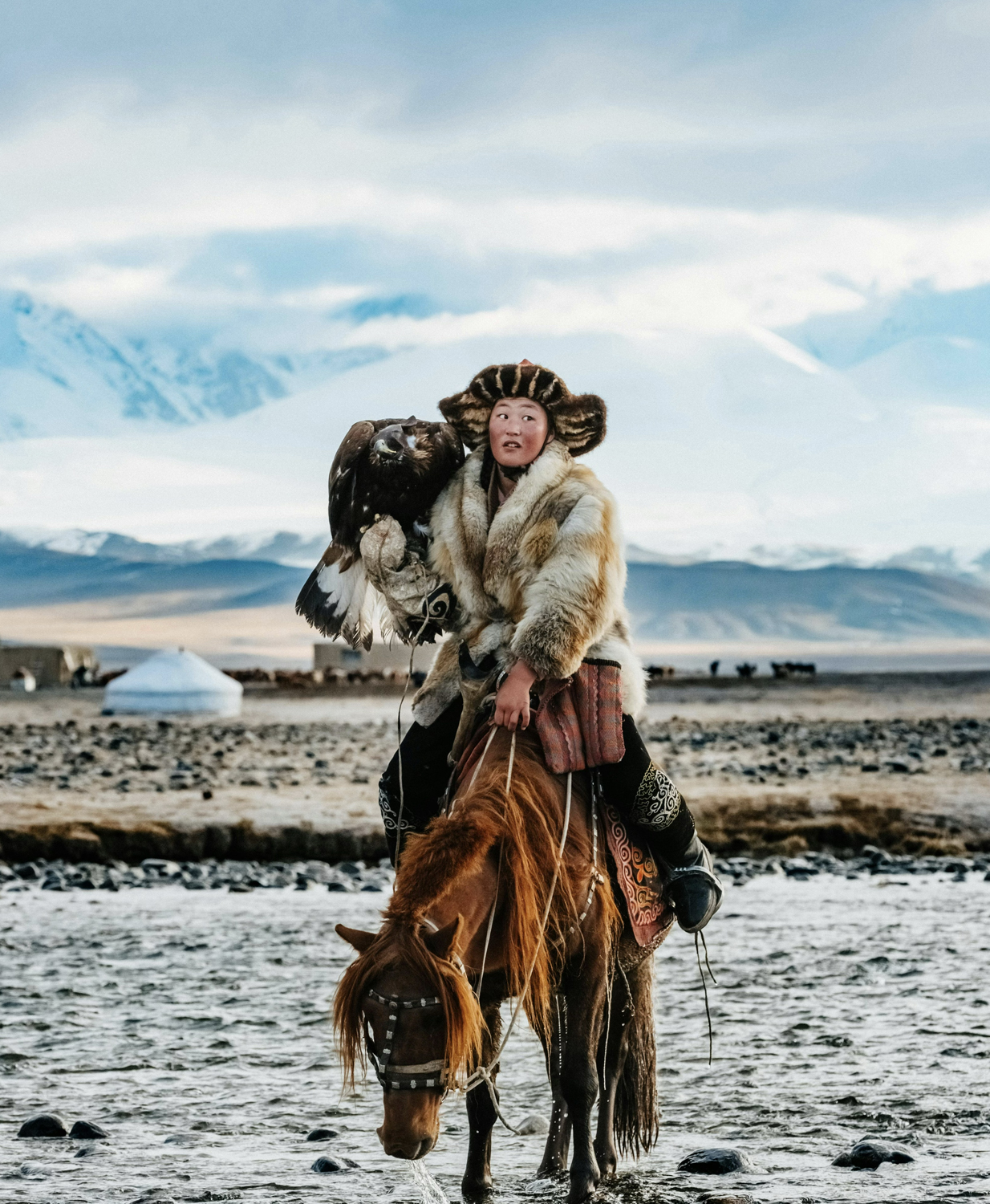
Today unfolds at a gentler pace, allowing us to deepen our connection with both people and place. After a leisurely breakfast, we spend the morning with the eagle hunter’s family, observing more of their daily routines.
We may help collect fuel, prepare feed for animals or simply sit outside while elder family members sew or repair equipment. At some point the eagle is brought out once more, and we watch shorter training flights that reveal the constant conversation between handler and bird—silent cues, subtle movements, unwavering attention.
Later we share lunch in the family ger, enjoying home-cooked dishes that might include slow-cooked meat, rice or noodles and generous helpings of tea. Conversation moves between practical matters, lighthearted humour and reflections on how life in the Altai is changing.
We gain a sense of how tradition adapts rather than disappears, absorbing new realities while holding fast to essential values of hospitality, courage and respect for nature.
In the late afternoon we return to our own camp to prepare for a shaman-led fire ceremony. As twilight gathers, we assemble around a carefully arranged fire circle. The shaman arrives dressed in garments layered with bells, ribbons and symbolic objects, and begins by offering invocations to land, sky and ancestors.
We are invited, if we wish, to cast small offerings—bread, salt, juniper—into the flames, releasing thanks, intentions or quiet burdens. Drumming and chanting create a rhythm that feels at once unfamiliar and deeply resonant.
When the ceremony concludes, a deep stillness settles over the valley. We share a simple, comforting dinner before the cold night closes in.
Walking back to our gers under a sky bright with stars, we carry a sense of having stepped briefly into another way of understanding the world, one in which the visible and invisible sit much closer together. The echo of the drumbeat lingers in our chests, steady and low, long after sparks fade. It adds a layer to the journey, reminding us that every landscape holds spirit.
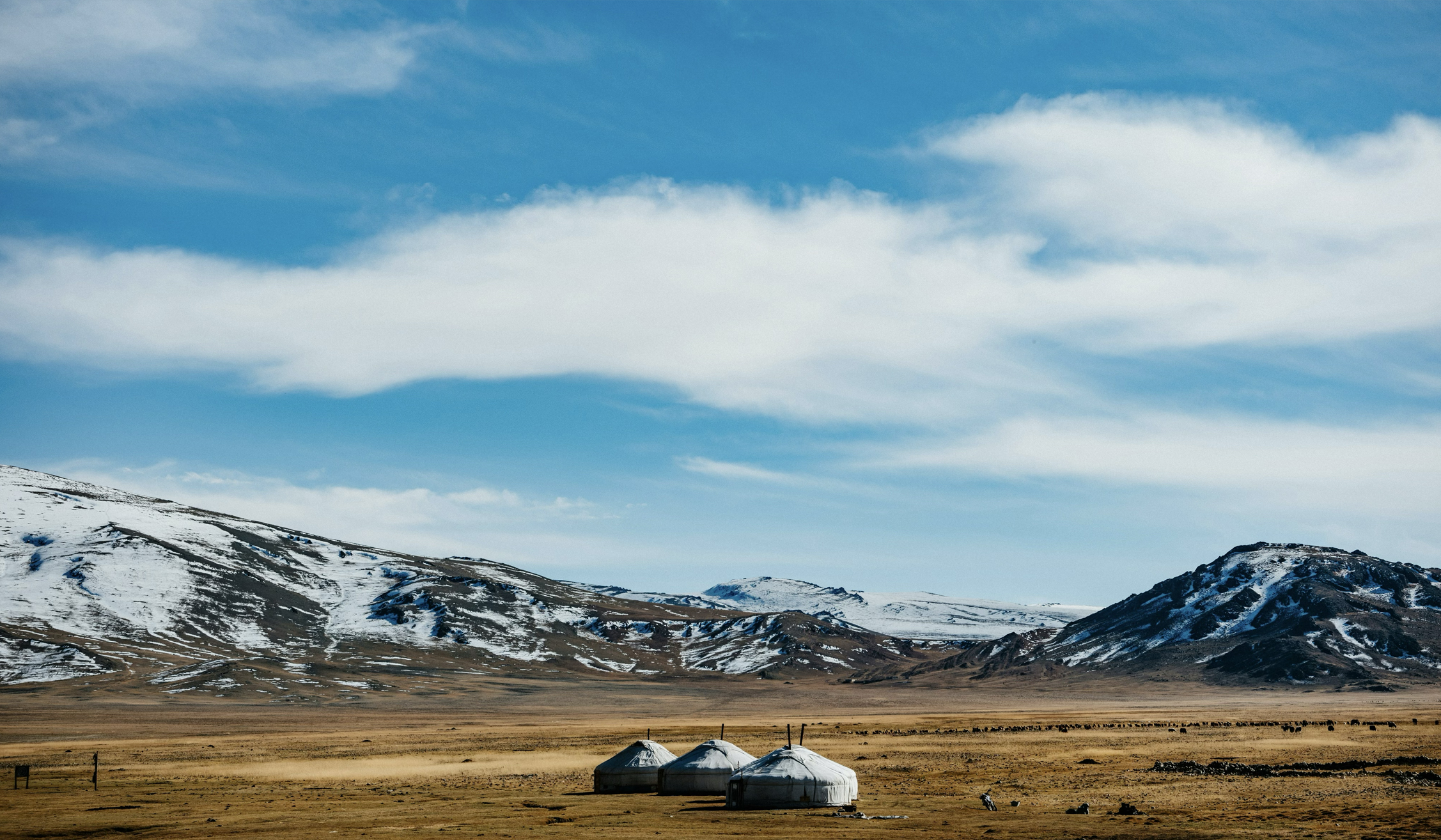
Today we join a nomadic herder family as they move their camp to new pasture, sharing in one of the core rhythms of Mongolian life. After breakfast, we travel to their current site, where animals are already being gathered and household items organised for the journey.
The ger stands partially dismantled, its felt layers rolled and wooden lattice sections stacked neatly nearby. There is a sense of purposeful activity, each family member knowing their role and working with measured efficiency born from repetition.
We help where we can, carrying bundles, tying ropes and loading gear onto trucks or pack animals depending on conditions. When everything is ready, the small caravan sets off across the landscape—animals at the front, vehicles or carts behind, people moving alongside according to pace and age.
We walk for part of the way, feeling the land underfoot and understanding how distance reveals its true scale only when traversed slowly. The route crosses low ridges and open plains before arriving at a new site chosen for grass, water access and shelter from prevailing winds.
Once there, reconstruction begins. The family sets up the ger in a practiced sequence: lattice walls raised and secured, roof poles fitted, central crown lifted, felt layers wrapped and tied. We assist as appropriate, marvelling at how a complete home can be built in such a short time.
Lunch is cooked in the open air and shared on rugs spread over the ground, a simple meal of soup, bread and tea tasting deeply satisfying after work and movement. In the afternoon we spend time with the family, talking about education, marriage, livestock and hopes for future generations.
As the sun lowers, we take our leave and drive back to our own camp. The day leaves us with a vivid sense of mobility as an organising principle—a life shaped not by fixed addresses but by an ongoing, responsive conversation with land and season. It quietly reshapes our idea of home and belonging to land.
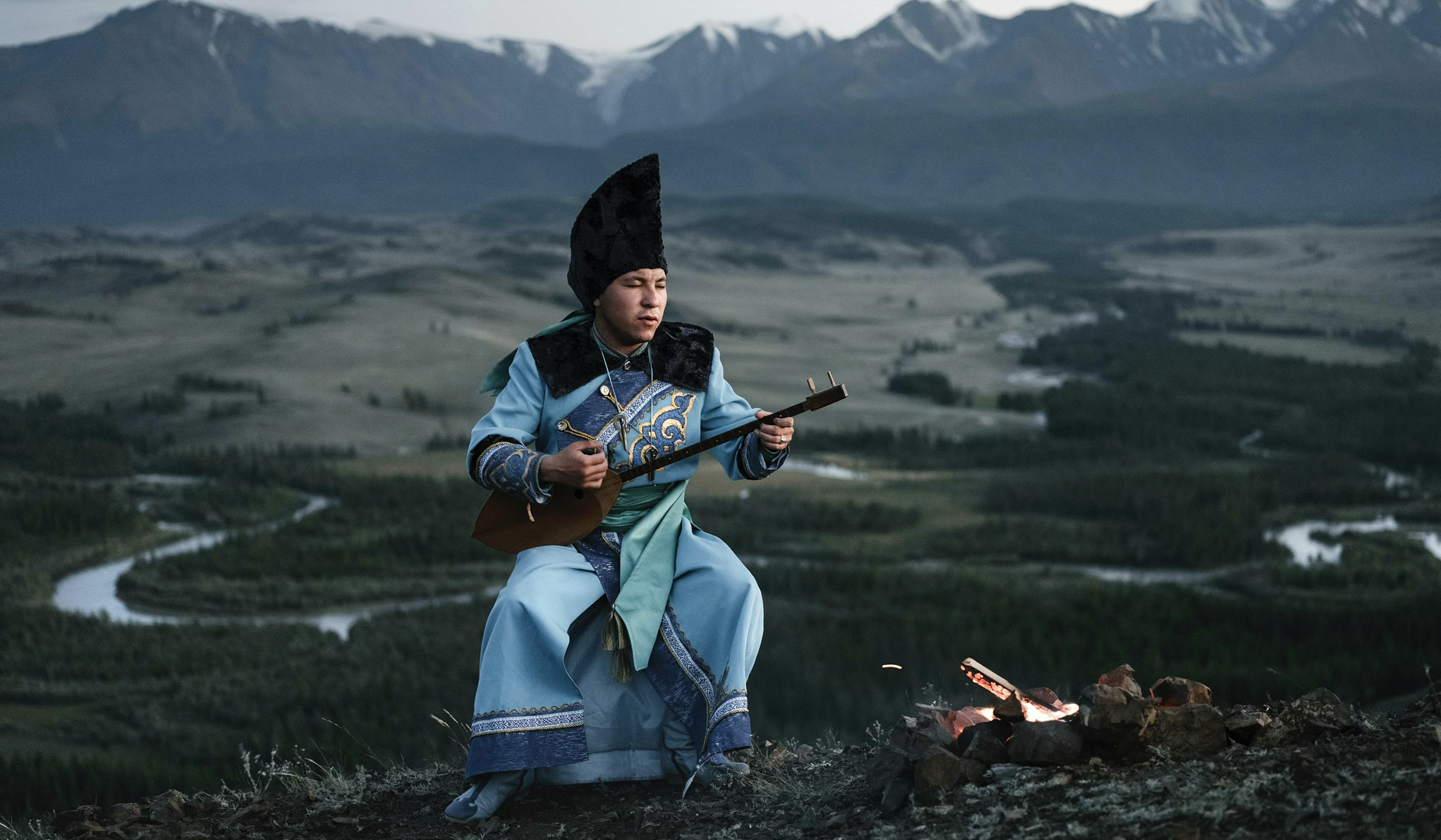
We say farewell to the Altai this morning and transfer to the local airport for our flight back to Ulaanbaatar. As the plane lifts off, the serrated line of the mountains falls away beneath us, and the memory of eagles, firelight and wide valleys begins to settle into another layer of story.
A few hours later we descend once more toward the capital, its familiar grid of streets and surrounding hills now seen with different eyes. On landing, we transfer to our hotel and take time to refresh, appreciating once again the small luxuries of urban comfort.
In the afternoon we meet a local host for an exploration of Ulaanbaatar’s everyday food culture. Together we wander through markets where stalls are piled with root vegetables, flours, dried fruits, sweets and blocks of dairy in varying shades of white and cream.
Butchers work with practiced precision, while small canteens tucked in corners serve steaming plates of buuz and noodle soups to workers on break. We sample a selection of snacks—perhaps grilled skewers, deep-fried dumplings or soft pastries—gaining insight into how classic flavours adapt to modern city life.
As the light fades, we may continue on to a neighbourhood of casual eateries and cafés, where young Mongolians meet after work and new culinary influences sit alongside long-standing favourites. The contrast with our days in remote camps is striking, yet the thread of hospitality remains constant.
Later we return to the hotel, the city’s night lights reflecting softly in the windows. The evening is left free for us to rest, explore independently or enjoy a final drink at the bar. The return to paved streets and busy intersections does not diminish the wildness we have known; instead, it frames it, reminding us that Mongolia’s identity is written in both its cities and its open spaces. Both endure
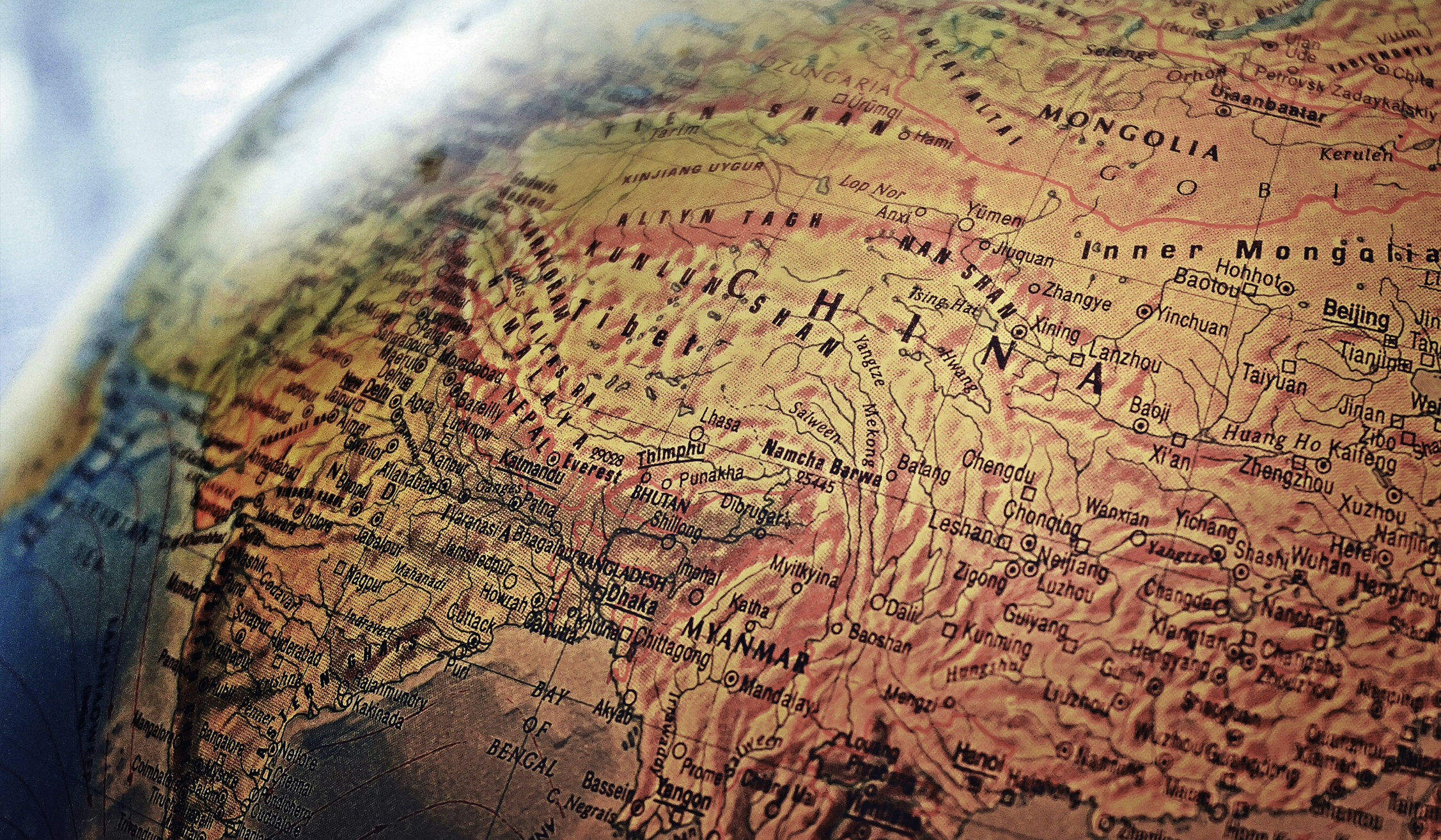
Your travel expert meets you at your hotel and transfers you to the airport for your onward flight. Bags packed, documents checked, we head through the city one last time, taking in the familiar scene of Ulaanbaatar—its wide streets, Soviet-era buildings, and surrounding hills now part of our journey’s story.
Over the past 13 days, we’ve travelled across a remarkable range of landscapes—from the spirit-filled Orkhon Valley to the dunes of Elsen Tasarkhai and the dramatic peaks of the Altai. We’ve stayed in private ger camps, ridden camels, watched the stars from remote plains, and shared meals in the homes of herding families. Whether by horseback, helicopter, or hot-air balloon, every mode of travel brought us face-to-face with Mongolia’s wild beauty.
We’ve met eagle hunters, shamans and local guides whose stories shaped our understanding of the culture. We’ve walked through ancient steppe sites and watched reintroduced takhi roam free in Hustai. Each day layered new experiences and perspectives, leading us deeper into the country’s rhythms and traditions.
We leave with lasting memories, a sense of space and quiet, and a connection to Mongolia that feels both personal and expansive. Boarding our flight, we carry with us the spirit of the steppe—vast, timeless, and unforgettable.
PROGRAM CONCLUDES
![]()
Travel Designer Insights
This itinerary brings Mongolia’s wilderness into intimate focus, balancing rugged remoteness with private comfort. With helicopter access, and private ger camps, it offers exclusive encounters grounded in authentic culture. We sit with herders, walk river valleys, witness eagle traditions and watch wild takhi roam free. Designed for travellers who value depth, stillness and curated luxury, this journey reveals Mongolia not just as a destination, but as a quiet, transformative experience—one that lingers, long after the steppe fades from view.
Click to hear your Travel Designer discuss the merits
and attractions of this Program

TRAVEL INSPIRATION
CHINA
STORIED IMAGERY ON THE DESTINATION
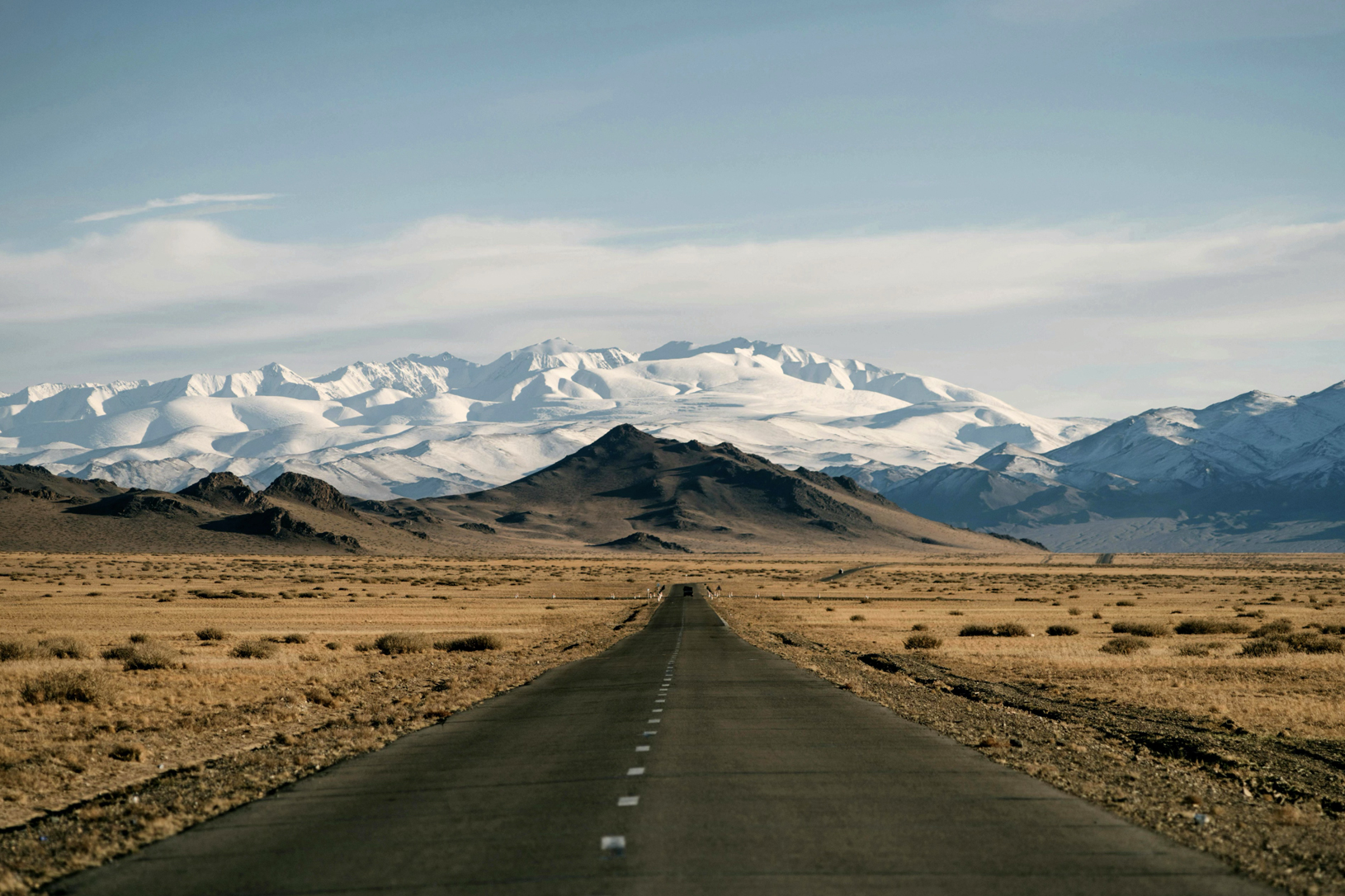
BE INSPIRED
CHINA
VIDEO PLATFORM

IMAGE BANK
CHINA
HIGH QUALITY VISUALS FOR DOWNLOAD
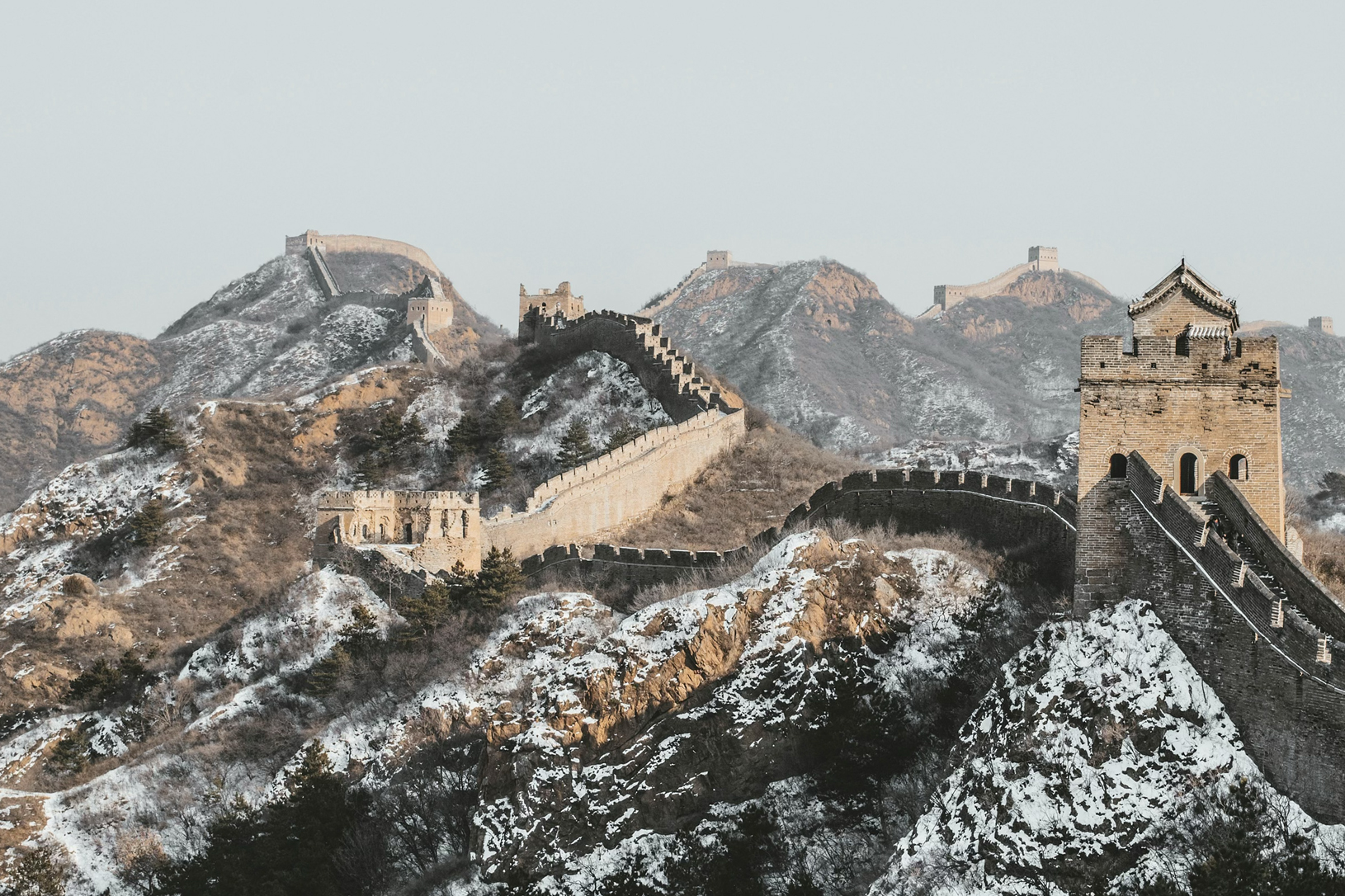
TRAVEL PORTFOLIO
CHINA
DISCOVER OUR PRODUCT RANGE
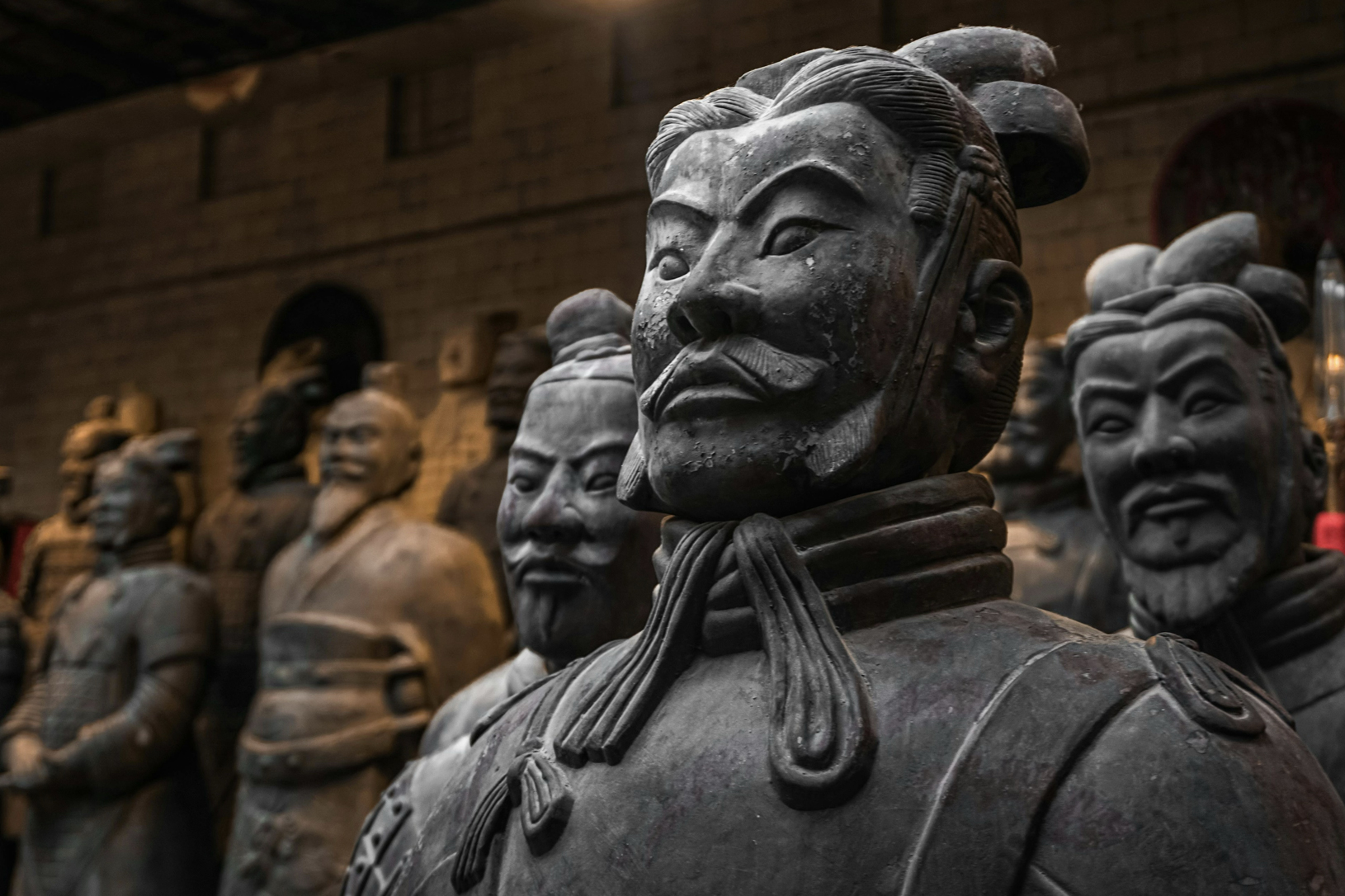
SUPPORT TOOLS FROM THE ASIA CONCIERGE WEB PORTAL
Asia Concierge China
Ocean Express A,
Suite 2503 NO.66 Xia Guang Li,
Chao Yang District
Beijing
China
Tel: +86 13 501 394 279

